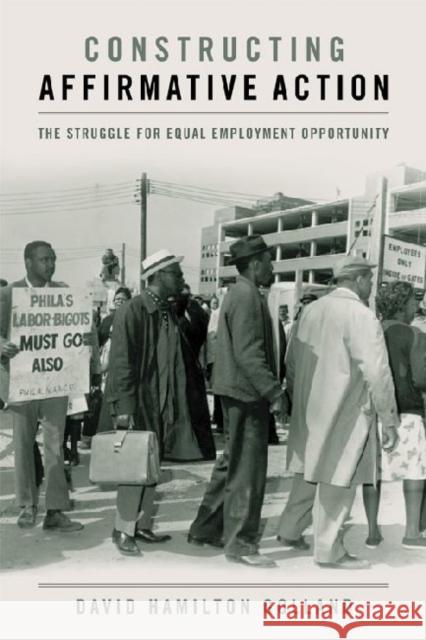Constructing Affirmative Action: The Struggle for Equal Employment Opportunity » książka
Constructing Affirmative Action: The Struggle for Equal Employment Opportunity
ISBN-13: 9780813129976 / Angielski / Twarda / 2011 / 280 str.
Constructing Affirmative Action: The Struggle for Equal Employment Opportunity
ISBN-13: 9780813129976 / Angielski / Twarda / 2011 / 280 str.
(netto: 297,20 VAT: 5%)
Najniższa cena z 30 dni: 226,68 zł
ok. 13-18 dni roboczych
Dostawa przed świętami

Darmowa dostawa!
Between 1965, when President Lyndon B. Johnson defined affirmative action as a legitimate federal goal, and 1972, when President Richard M. Nixon named one of affirmative action's chief antagonists the head of the Department of Labor, government officials at all levels addressed racial economic inequality in earnest. Providing members of historically disadvantaged groups an equal chance at obtaining limited and competitive positions, affirmative action had the potential to alienate large numbers of white Americans, even those who had viewed school desegregation and voting rights in a positive light. Thus, affirmative action was -- and continues to be -- controversial.Novel in its approach and meticulously researched, David Hamilton Golland's "Constructing Affirmative Action: The Struggle for Equal Employment Opportunity" bridges a sizeable gap in the literature on the history of affirmative action. Golland examines federal efforts to diversify the construction trades from the 1950s through the 1970s, offering valuable insights into the origins of affirmative action--related policy. "Constructing Affirmative Action" analyzes how community activism pushed the federal government to address issues of racial exclusion and marginalization in the construction industry with programs in key American cities.











